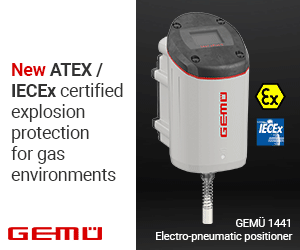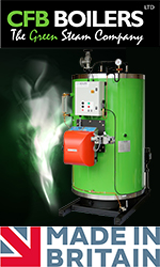Advantages of A Thermal Dispersion Switch For Pump Protection
Running pumps in a dry state can damage parts or cause cavitation in centrifugal pumps. Replacement parts can add up to thousands of dollars. These costs do not include inefficiencies in pump operation or downtime that affects production or operation.
Technologies Used for Pump Protection
There are many technologies that can perform the function of pump protection. Flow meters can be used, but a continuous flow measurement is not always needed and flow meters typically cost more than switches. Mechanical flow switches use a mechanical operation to actuate a relay; however, moving parts can be subject to wear and increased maintenance over time, and if a viscous liquid or build-up is present, reliability of the switch may be adversely affected.
Tuning forks and ultrasonic gap switches are a few other technologies that are used for pump protection. It is inherent in the technologies that the fork or gap must be wet or dry for detection. Therefore, they cannot detect decreasing flow rates and the opening creates room for possible plugging.
Why Choose a Thermal Dispersion Switch?
A thermal dispersion switch can be ideally suited for pump protection applications. Thermal dispersion switches use similar principles as thermal mass flow meters. Fluid carries heat away from the probe tip reducing the temperature difference between a heated resistance temperature detector (RTD) and a reference RTD. As the temperature difference increases or decreases due to heat transfer, the set point is reached and the relay de-energizes. Manufacturers will refer to the switch being in “alarm” at set point. How the relay is wired (NC-CO or NO-CO) depends on the needs of the application. High or low flows can both be detected by a thermal dispersion switch.
With thermal dispersion, the user gets the most robust feature set and flexibility. The technology’s advantages include:
- No moving parts, requiring less maintenance
- Many probe types for water or more viscous liquids
- Installation in horizontal or vertical lines, removing need to be installed top dead center
- Optional remote mount electronics
- Hot tap options available
- Low flow detection as opposed to dry pipe
- Current output for trending and fault indication
- Temperature compensation to reduce set point drift under varying operating temperatures
Magnetrol® has produced a white paper about the pros and cons of various liquid flow technologies compared to thermal dispersion switches, including details about probe types, installation options, and probe electronics. Download the white paper to learn more.





























































































































